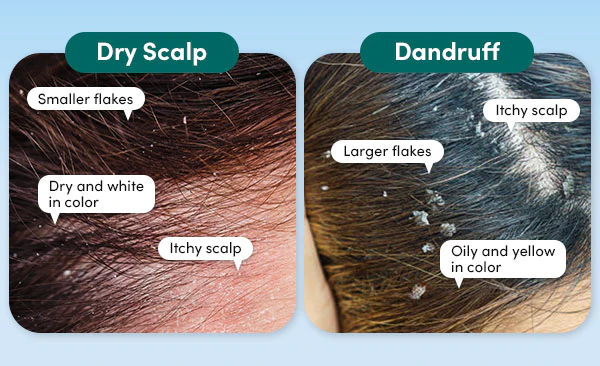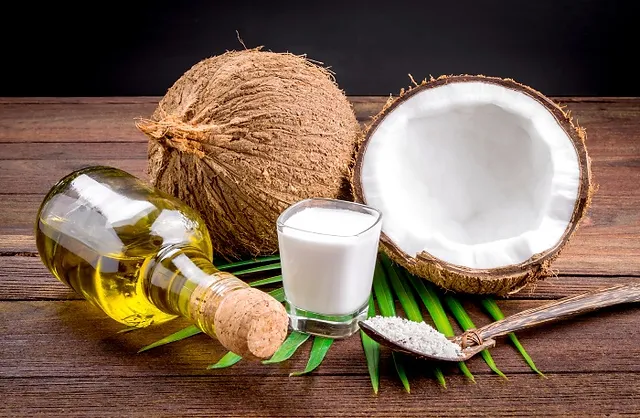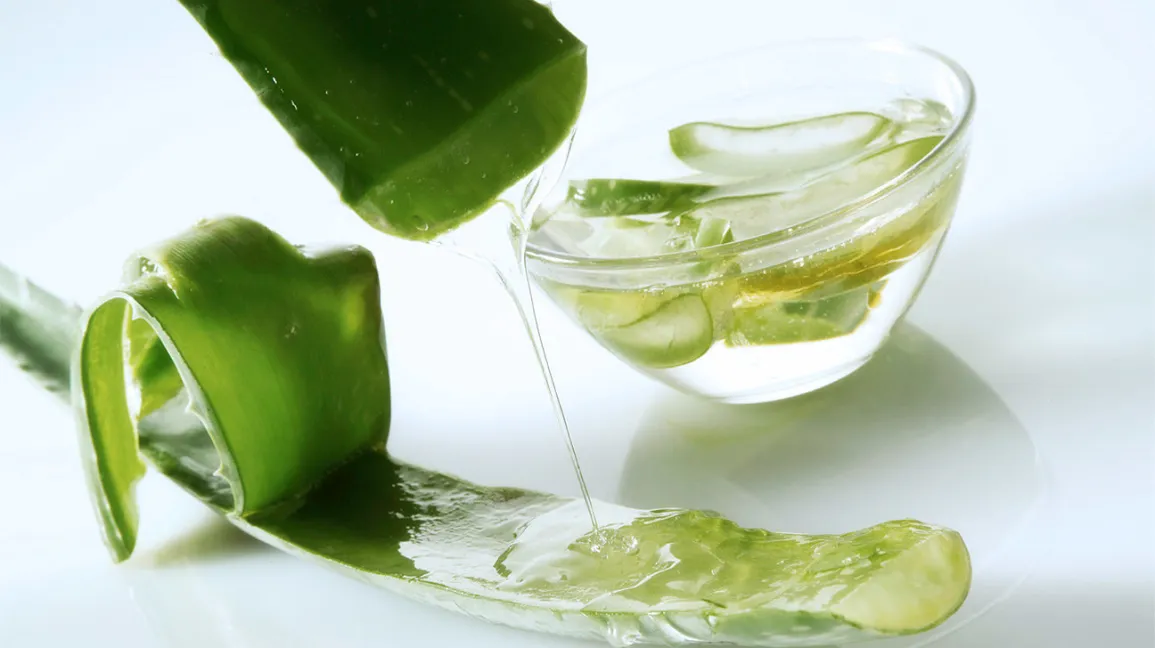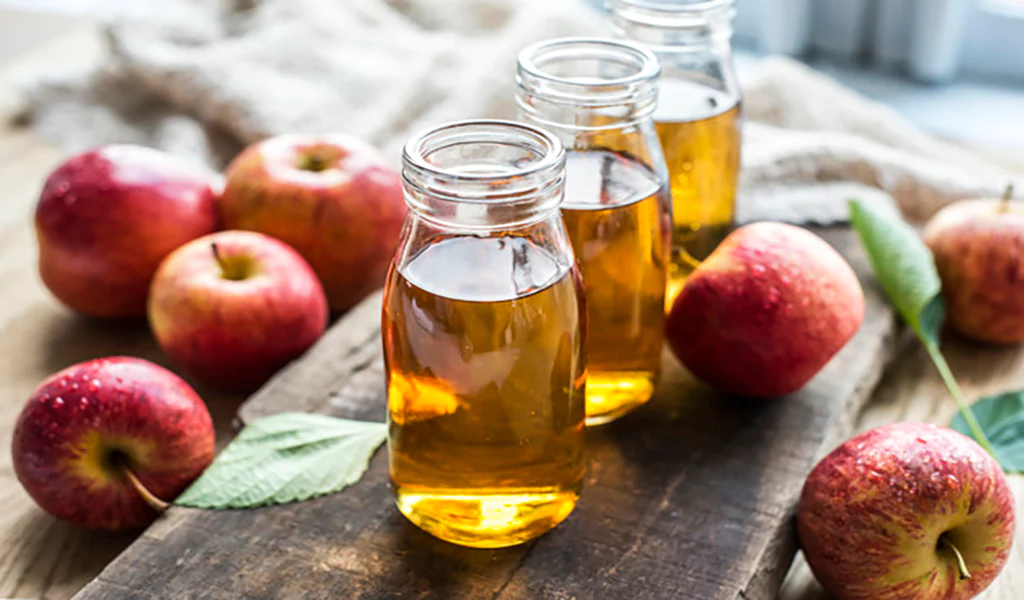A healthy scalp is the foundation of luscious, vibrant hair. Yet, for many of us, the persistent issue of a dry scalp can turn this dream into a frustrating battle. If you’ve ever found yourself scratching your head in discomfort or noticing those pesky white flakes on your shoulders, you’re not alone. The good news is that banishing dry scalp and reclaiming a comfortable, confident head of hair is entirely achievable. In this comprehensive guide, we will delve into the root causes of dry scalp, unravel the myths from the facts, and equip you with a set of simple yet highly effective steps to bid farewell to the irritation and embarrassment of dryness.
I. What Causes Dry Scalp?
Dry scalp can be caused by a variety of factors, and it’s important to note that some of these factors may overlap or contribute to each other. Gaining a clear comprehension of these underlying causes is paramount for effectively tackling and preempting this condition. Here are some common causes:

- Lack of Moisture: The most common cause of dry scalp is simply a lack of moisture. Just like the skin on the rest of your body, the scalp needs proper hydration to stay healthy.
- Weather: Extreme weather conditions can affect the health and hydration of the scalp. Whether it’s the cold, dry air of winter or the hot, arid climate of certain regions, these environmental factors can strip the scalp of its natural moisture, leading to dryness, flakiness, and discomfort.
- Harsh Hair Products: Overusing harsh hair products and subjecting your hair to excessive hairstyling practices can have detrimental effects on your scalp’s health and lead to dryness. Shampoos with sulfates, for one, can be too effective at stripping away natural oils from the scalp. This can leave the scalp dry, itchy, and prone to flakiness.
- Overuse of Styling Products: Overusing styling products like gels, mousses, and hairsprays can lead to product buildup on the scalp, which can contribute to dryness.
- Seborrheic Dermatitis: This is a common condition that causes redness, itching, and flaking, often referred to as dandruff.
II. Dry Scalp vs. Dandruff: What's the Difference?
- Dry scalp occurs when the skin lacks moisture, often due to inadequate sebum production. Symptoms include itchiness and smaller, powdery flakes. External factors like cold weather and harsh products contribute, along with dehydration and poor nutrition.
- Dandruff is caused by an overgrowth of Malassezia fungus, leading to oily, larger flakes, redness, and itching. It’s triggered by factors like oily skin, stress, and medical conditions. Anti-dandruff shampoos with zinc pyrithione, ketoconazole, or salicylic acid help control it.

→ It’s important to differentiate between these conditions accurately to make sure you are getting the appropriate treatment. If you’re uncertain about your scalp condition, it’s best to consult a dermatologist or a healthcare professional who can provide a proper diagnosis and recommend suitable treatments tailored to your specific scalp needs.
III. How Can I Fix My Dry Scalp Naturally?
The approach to addressing dry scalp is contingent upon the root cause of the issue. However, typically, it encompasses a blend of external nurturing and lifestyle modifications aimed at restoring moisture and improving scalp health. Here are several effective methods for treating dry scalp:
Get Rid of Dry Scalp #1: Moisturizing with Coconut Oil

Coconut oil has gained immense popularity in the beauty and skincare industry, particularly for its exceptional moisturizing properties. This oil has many skin health benefits. It can moisturize the scalp, and its antifungal and antibacterial properties can help reduce the risk of infections. To use it, warm some coconut oil and massage it into your scalp. Leave it on for about 30 minutes before washing your hair. This will help nourish and hydrate your scalp.
#2: Using Aloe Vera Gel

Aloe vera gel is a natural remedy known for its soothing and moisturizing properties, making it an excellent choice for addressing various skin and scalp issues. The gel is derived from the leaves of the Aloe vera plant, which is renowned for its healing properties. It has anti-inflammatory properties that can help reduce skin irritation, and it’s also an effective moisturizing agent. To soothe dry scalp, apply fresh aloe vera gel directly and let it sit for 15-20 minutes before rinsing it off.
Get Rid of Dry Scalp #3: Applying Tea Tree Oil

Tea tree oil has strong antiseptic, antifungal, and antibiotic properties that can relieve dry scalp and its symptoms. Start by mixing a few drops of tea tree oil with a carrier oil (e.g., coconut oil or olive oil) and apply it to your scalp. Leave it on for 15-30 minutes before shampooing.
#4: Apple Cider Vinegar

Apple cider vinegar has antimicrobial properties that can help balance the scalp’s pH and reduce itchiness. It’s also anti-inflammatory, and it can help exfoliate your scalp. Treat it by mixing equal parts of apple cider vinegar and water, and apply the solution to your scalp after shampooing. Rinse it out thoroughly.
Get Rid of Dry Scalp #5: Baking Soda and Olive Oil

Olive oil is moisturizing, and baking soda has antifungal and antibacterial properties. This combination is a good choice if you have dandruff alongside a dry scalp, as the moisture, exfoliation, and antifungal properties combined can treat those itchy white flakes.
IV. Conclusion
Dry scalp affects countless individuals and can be caused by a variety of factors, including weather changes, harsh hair products, and even your own shower habits. So we hope that with this comprehensive guide, you’re ready to say goodbye to the itchiness and flakiness that have been holding you back.


 BEST SELLING PRODUCTS
BEST SELLING PRODUCTS Wig Hair
Wig Hair WHOLESALE
WHOLESALE Contact us
Contact us Sale Events
Sale Events
